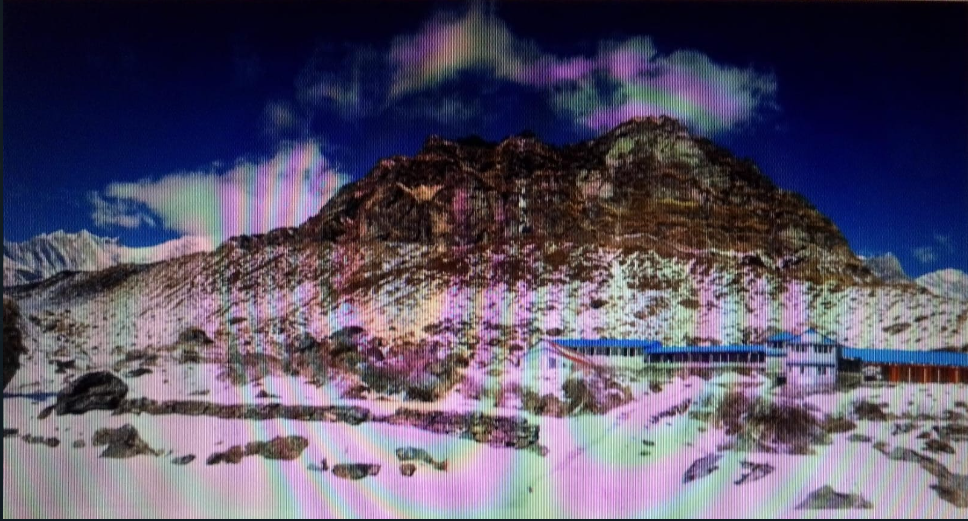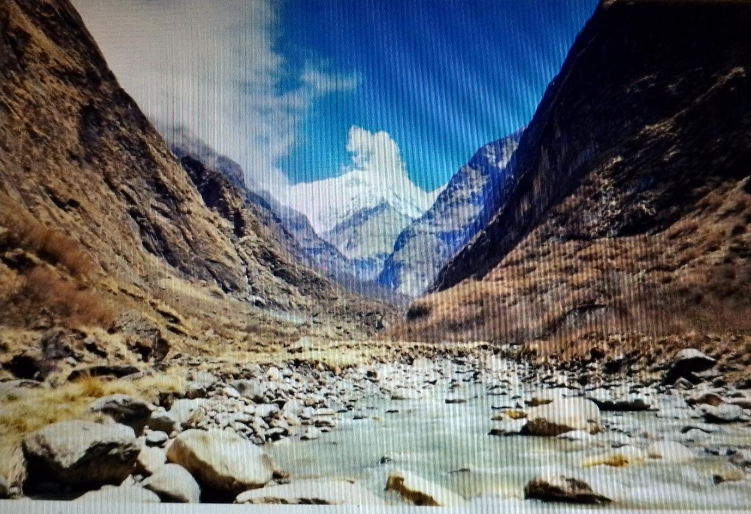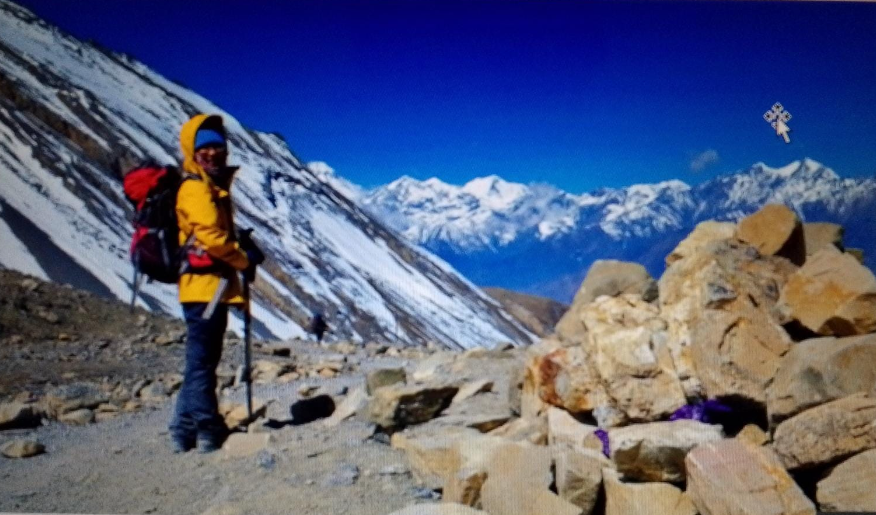The Annapurna Circuit Trek is one of the world’s most renowned trekking destinations, attracting adventurers with its breathtaking landscapes, rich cultural heritage, and challenging terrain. However, this trek also presents risks, particularly in high-altitude sections. This guide explores the essentials of trekking in the Annapurna region, including potential hazards, trip duration, alternative routes, weather conditions, and tips for a fulfilling experience.
What is Annapurna?
Annapurna is a massif in the north-central Himalayas of Nepal, home to several peaks, the highest being Annapurna I (8,091 meters). Named after the Hindu goddess of food and nourishment, Annapurna is celebrated for its diverse landscapes, which range from subtropical forests to high-altitude deserts. The Annapurna Circuit, one of the world’s most famous trekking routes, circles this massif, allowing trekkers to experience both the spectacular mountain views and the unique cultural tapestry of the region. The journey transitions from lush lowlands around Besisahar to the arid, high-altitude landscapes near Thorong La Pass, making it a truly one-of-a-kind adventure.
Why is Annapurna So Challenging?
While the Annapurna Circuit offers an unparalleled trekking experience, it’s also known for certain risks that trekkers need to prepare for:
Altitude Sickness
One of the main hazards is the risk of Acute Mountain Sickness (AMS). At higher elevations, especially near Thorong La Pass (5,416 meters), oxygen levels decrease significantly, which can affect anyone, regardless of fitness. Symptoms include headaches, nausea, dizziness, and fatigue. If untreated, AMS can escalate to life-threatening conditions like High-Altitude Pulmonary Edema (HAPE) or High-Altitude Cerebral Edema (HACE).
Unpredictable Weather
Weather in the Annapurna region can be highly unpredictable, especially in winter (December to February). Sudden snowstorms, strong winds, and extremely low temperatures make the trail risky, with rapidly changing conditions around Thorong La Pass sometimes trapping trekkers in extreme weather.
Avalanches and Landslides
Annapurna I has one of the highest fatality rates among the world’s 8,000-meter peaks, largely due to avalanches and landslides. While these events are more common on the climbing routes, parts of the Annapurna Circuit are also prone to landslides, especially during the monsoon season (June to September).
Challenging Terrain
The Annapurna Circuit features steep ascents and descents, narrow cliffside trails, and rocky paths that can become slippery or muddy, especially in winter. Poor footing or inexperience with such terrain can lead to falls or injuries, adding to the trek’s challenges.

How Long is the Annapurna Circuit Trek?
The Annapurna Circuit Trek covers roughly 160 to 230 kilometers (100-145 miles), depending on the chosen starting and ending points. The journey typically takes 15 to 20 days, allowing for essential rest days and acclimatization stops to adjust to the high altitude and minimize AMS risks.
Sample Itinerary
- Day 1: Besisahar to Bhulbhule (starting at around 800 meters)
- Day 2-6: Trek through Chame, Pisang, and onto Manang
- Day 7: Acclimatization day in Manang, with optional hikes
- Day 8-10: Continue from Manang to Thorong Phedi, then Thorong La Pass
- Day 11: Cross Thorong La Pass and descend to Muktinath
- Day 12-15: Trek through Jomsom, Tatopani, and Ghorepani (or Poon Hill for sunrise views), finishing in Nayapul
For those starting in Jagat or taking shorter routes, the duration may be reduced, while additional days can be added for side trails or longer stays in scenic areas like Manang.
Alternative Trekking Routes in the Annapurna Region
While the Annapurna Circuit remains the most famous route, several alternative trekking trails in the region offer similarly stunning scenery and unique experiences.
Annapurna Base Camp (ABC) Trek
The ABC Trek is shorter than the full circuit, usually taking 7 to 12 days. This route leads trekkers to Annapurna Base Camp at an altitude of 4,130 meters. Starting from Pokhara, the ABC trek is perfect for those looking for a close-up view of Annapurna I, Machapuchare (Fishtail Mountain), and other peaks without the high-altitude challenges of the Thorong La Pass.
Ghorepani Poon Hill Trek
The Poon Hill Trek is a 4-6 day journey known for its breathtaking sunrise views over the Annapurna and Dhaulagiri ranges. It is less physically demanding and doesn’t reach extreme altitudes, making it a popular choice for beginners. Starting from Nayapul, this trek passes through traditional villages, rhododendron forests, and terraced hillsides, showcasing the cultural richness of the Annapurna region.
Mardi Himal Trek
The Mardi Himal Trek is a lesser-traveled route taking around 5-7 days and reaching an elevation of approximately 4,500 meters. The trek provides stunning views of Machapuchare, Annapurna South, and Hiunchuli and includes beautiful forests and ridge-line trails. This quieter path is ideal for trekkers seeking solitude.
Khopra Danda Trek
The Khopra Danda Trek is a moderate trek that takes about 6-9 days. It offers striking views of Annapurna South, Dhaulagiri, and Nilgiri and includes a visit to the sacred Khayer Lake, an important pilgrimage site. This off-the-beaten-path trek provides a more remote and culturally immersive experience.

How Cold Does It Get on the Annapurna Circuit?
Temperature on the Annapurna Circuit varies significantly depending on the season and altitude.
Autumn (October-November)
- Lower Elevations (up to 2,000 meters): 10-20°C during the day, cooler at night
- Higher Elevations (above 4,000 meters): -5°C to -10°C at night; daytime temperatures 5-10°C
- Autumn is popular for trekking due to stable weather and clear skies.
Winter (December-February)
- Lower Elevations: Daytime temperatures 5-15°C, dropping below freezing at night
- Higher Elevations: Extremely cold, often reaching -20°C or lower at night near Thorong La Pass
- Trekking is possible but challenging, with cold conditions and snow-covered trails.
Spring (March-April)
- Lower Elevations: 10-20°C during the day, cooler at night
- Higher Elevations: Daytime temperatures 5-10°C, with nights dropping to -10°C or lower
- Spring is another popular season, with blooming rhododendrons adding vibrant color to the landscape.
Monsoon (June-September)
- Lower Elevations: Warm, typically 20-25°C, with high humidity and frequent rain
- Higher Elevations: Cooler but still rainy; Thorong La Pass may be inaccessible due to landslides and slippery trails
- Few trekkers attempt the circuit during monsoon due to rain, leeches, and muddy paths.
Conclusion
The Annapurna Circuit is a paradise for trekkers, offering unmatched mountain views, cultural immersion, and the thrill of navigating high-altitude challenges. While the trek does come with certain risks, proper planning, fitness, and acclimatization make it accessible to anyone with an adventurous spirit. The unique landscapes and cultures of the Gurung, Tibetan, and Thakali communities each tell a story, making every part of the Annapurna Circuit a memorable experience.
With alternative routes like the Annapurna Base Camp Trek and Poon Hill Trek, there’s something for everyone, from casual hikers to seasoned trekkers. However, it’s essential to respect the power of nature on these trails by preparing for weather changes, scheduling acclimatization days, and knowing your limits. This careful approach will help ensure a safe and unforgettable trek through one of Nepal’s most stunning regions.












